Cupping and Scraping
Sometimes we find it necessary to include extra soft tissue modalities when working with patients. Cupping and scraping are two such therapies and they offer us a greater variety of approaches, specifically for pain management. While they look very different, cupping and scraping offer similar benefits in the form of decreased pain, increased blood flow, and improved tissue glide. Patients respond differently to each of these so finding what works best for you is part of the process.
What is cupping?
Think about what happens when you get a massage. The therapist compresses your tissue and uses a variety of strokes to work out tension and improve tissue mobility. Many people respond well to this. However, some people find more symptomatic relief from having their tissue decompressed. That’s where cupping comes in. Instead of applying inward pressure and pushing the layers of skin, muscle, and fascia together, cupping allows the therapist to pull those layers apart and provide a very unique stimulus to the body. Pain and dysfunction often arise when there is a lack of movement - either on a large scale throughout an entire region of your body or on a smaller scale at the level of your joints and the layers of muscles and fascia. Decompression provides your body with input that it rarely receives and forces your body to adapt and use the new information to recalibrate the pain response.
